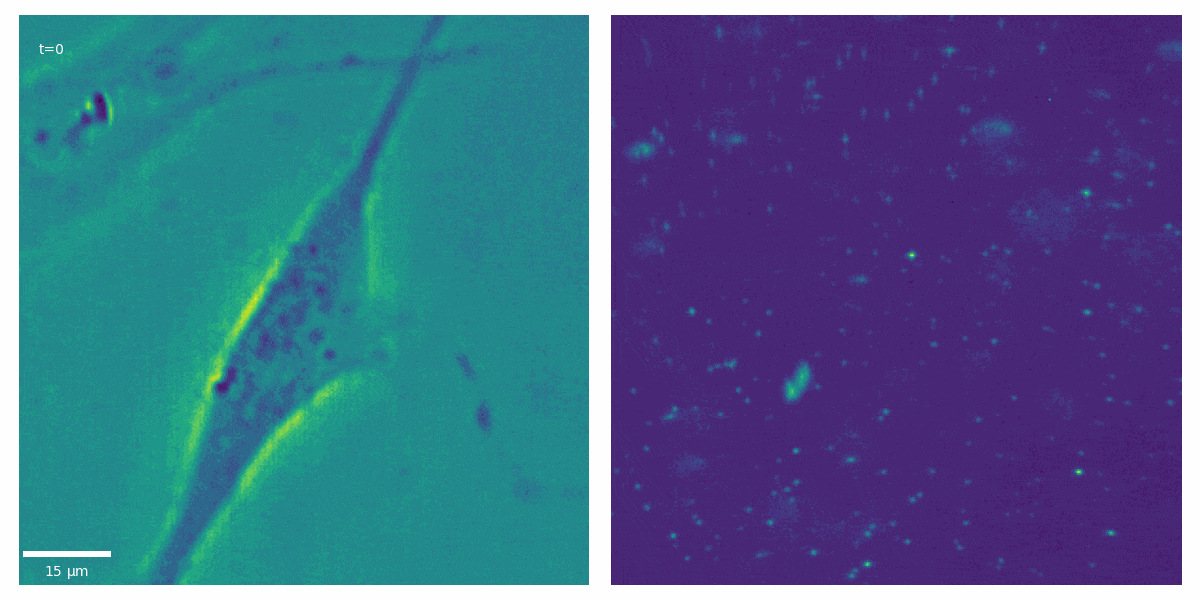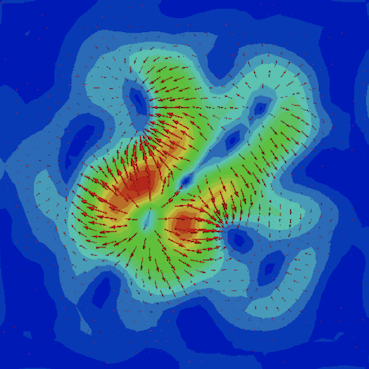Cell engineering
Developments for MiME group for Force Traction Microscopy
Methodology for Identifying Cell Forces: A Computational Approach
This work introduces an innovative method for identifying the forces exerted by cells on surfaces, crucial in understanding cellular interactions with their environment. Key features of this study include:

-
Dual Method Approach: Proposing both a
localandnon-local methodfor force identification. The local method assumes a rotation-free field ofsurface tractions, while the non-local approach incorporates anintrinsic length scale. -
Experimental Basis for Force Identification: Grounded in experimental observations, specifically measuring
displacementsin a material caused by cellular forces. This involves trackingembedded beadswithin the substrate. -
Advancements Over Previous Work: Building on prior research, enhancing the calculation of cell forces and addressing limitations of earlier methods. Employing a
finite element approachfor analyzingheterogeneous materials,nonlinear behavior, andcomplex geometries. -
Analytical Framework: Involves analyzing
displacementson an arbitrary surface, different from the traction application surface. The scenario studied includes a body covered by astiff gel layerover asoft gel volume. -
Summary of Contributions: Presents three main novelties: generalization for
heterogeneous materials, development of anon-local variant, and arobust solution technique. Utilizeshierarchical and heterogeneous approximation basesof arbitrary order.
This work marks a significant advancement in the computational identification of cellular forces, offering new perspectives in cell mechanics and material interactions.
